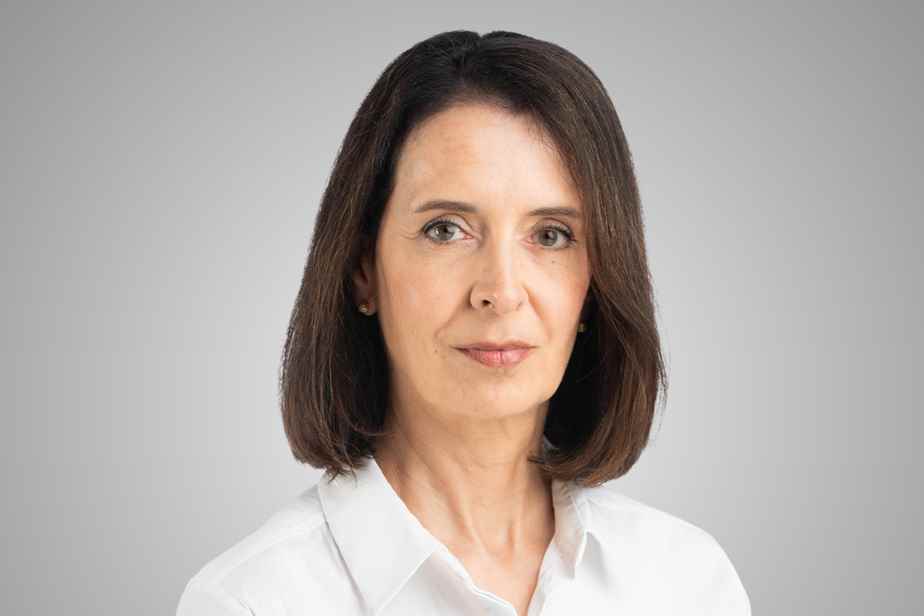Photo EDOUARD PLANTE-FRECHETTE, LA PRESSE archives
Urban sprawl is costly for Quebec, says the new National architecture and regional planning policy.
Getting a good mark on the theory driving test doesn’t automatically mean you pass the road test.
Posted at 5:00 a.m.
The Minister of Municipal Affairs and Housing, Andrée Laforest, and the Minister of Culture, Nathalie Roy, have done a good job with the new National architecture and regional planning policy. The thirty-page document unveiled yesterday paints a fairly accurate portrait of the challenges awaiting decision-makers in terms of development and planning. But concretely, we will have to wait until the winter of 2023 to discover the Legault government’s Action Plan and the measures that accompany it. Provided that the CAQ is re-elected, of course.
To say that this policy was expected is an understatement. Quebec’s planning policy dated back 43 years and the last modifications dated back to the mid-1990s, at a time when there was little concern for urban sprawl or climate emergencies.
The government document unveiled yesterday clearly reflects the consultation work carried out by the ministers. We make the necessary observations, namely that we can no longer develop towns and villages as before. Urban sprawl is costly for Quebec, it is said. It mortgages the resources and finances of the province. The new policy emphasizes the importance of limiting urban sprawl by directing development “towards areas already equipped with infrastructure and public services”. We also insist on the importance of the quality of life of citizens who should be able to live near services and be able to move around while limiting their GHG emissions. Finally, the importance of better protecting agricultural and natural environments is stressed.
Coming from a government for which environmental issues are not a priority, this is a big step that should be welcomed.
That said, we note the word “pride” more often than the words “climate emergency” in this new Policy, an indication that the Legault government is not yet fully aware of the shift to be made in the coming years.
In fact, this new vision of land use planning seems to have been drafted with the concern of not too rushing the most conservative members of the CAQ caucus, the François Bonnardel, François Legault and other ministers who think that densification “is a mode” or that the construction of new road infrastructures is unavoidable.
The devil is in the details: it is said that “regional particularities” must be taken into account. Is this an open door to justify the third link that would respond to the particularity of the Capitale-Nationale? We will know after the elections next October…
As Prime Minister François Legault has already announced his colors by declaring last month from the Union of Municipalities forum that there would be no new fiscal pact with the cities, we should not expect either to a philosophical change on that side.
And if the new policy insists on the importance of architecture, we remain vague on the means that will be devoted to the protection of heritage.
An important issue when you see the number of buildings demolished with impunity in recent years.
Finally, there is no real desire to plan the development of the territory in partnership with the Aboriginal communities. We just say they will be “consulted”, an approach that is no longer acceptable in 2022.
We will discover the true content of this new regional planning policy in 2023, which is regrettable since these are issues – think only of the housing crisis – which should be debated during the election campaign.
Its success rests on the shoulders of the next incumbent of Municipal Affairs. It will take a minister with a real desire for change for the findings contained in this document to translate into concrete measures. And it will take real leadership to positively influence a caucus that will need to be convinced.

